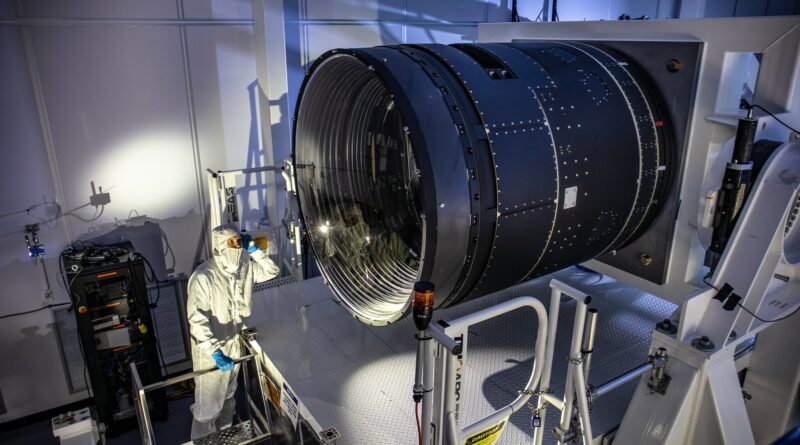You’ve got to see the biggest digital camera on Earth. It’s car-sized.
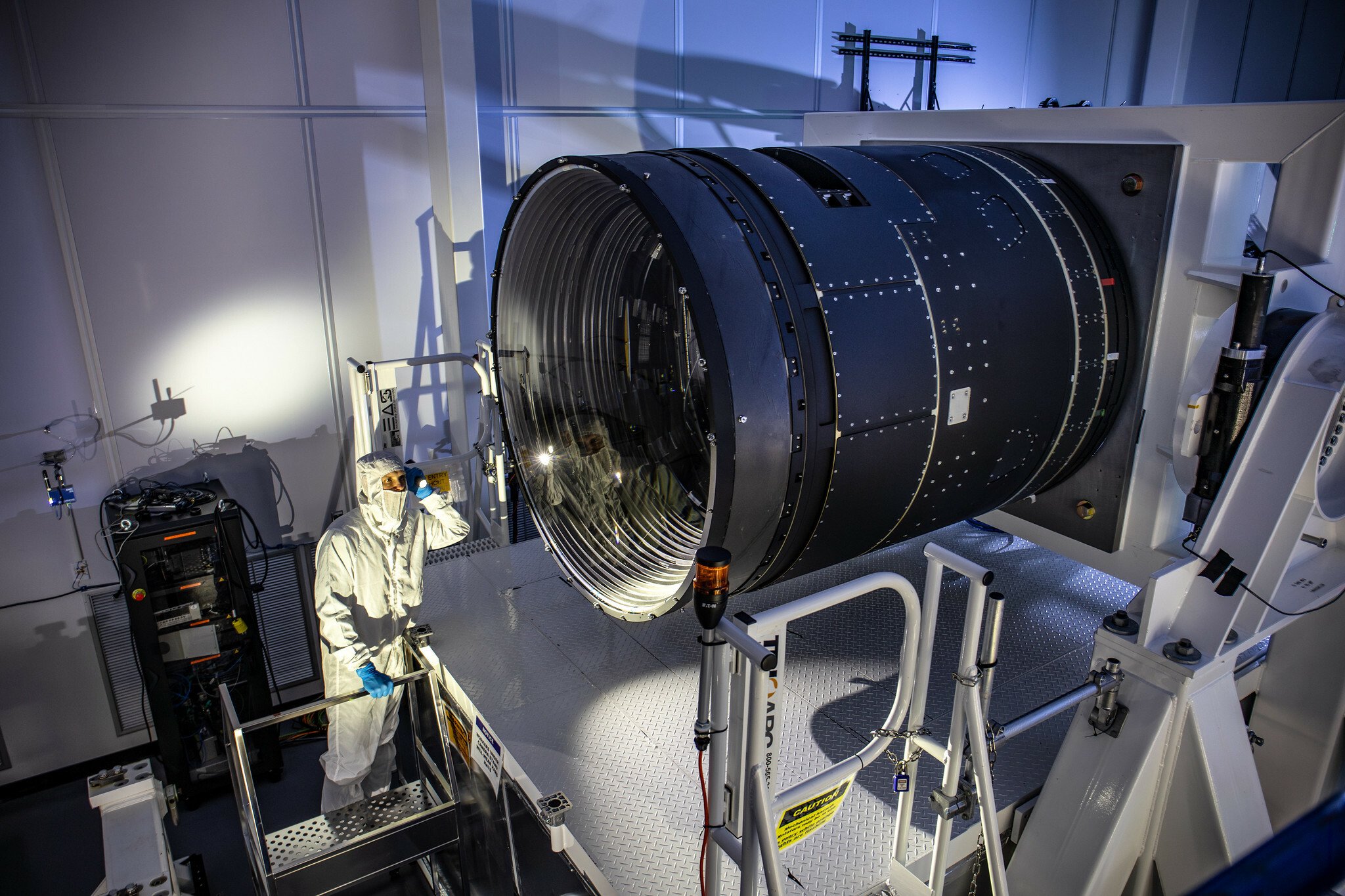
The biggest digital camera on Earth is finished — and it will soon revolutionize our grasp of the cosmos.
The Department of Energy’s SLAC National Accelerator Laboratory in California announced the completion of its LSST Camera, short for “Legacy Survey of Space and Time.” The giant-lensed instrument is the size of a car, the lab said, and in 2025 it will begin snapping deep space images at the much-anticipated Vera C. Rubin Observatory located in the lofty Chilean mountains. You can view images of the unprecedented camera below.
“With the completion of the unique LSST Camera at SLAC and its imminent integration with the rest of Rubin Observatory systems in Chile, we will soon start producing the greatest movie of all time and the most informative map of the night sky ever assembled,” Željko Ivezić, director of Rubin Observatory Construction and an astronomer at the University of Washington, said in a statement.
The camera and the telescope it’s mounted to will pack a potent punch. Engineers will attach the big camera — which weighs three metric tons (about 3.3 U.S. tons) — to the observatory’s 27.5-foot-wide (8.4-meter) Simonyi Survey Telescope, itself a revolutionary instrument: It will be the fastest large telescope on Earth, with the ability to swivel 180 degrees in just 20 seconds.
The goal is to create an unprecedented catalog of the cosmos. It’ll be “the first time a telescope will catalog more galaxies than there are people on Earth,” the lab explained. Every 20 seconds, the giant digital camera will capture a 15-second exposure. The camera is so big that each image covers a zone of sky over 40 times the area of a full moon.
With a front lens of over five feet wide, the camera has extremely high resolution. “Its images are so detailed that it could resolve a golf ball from around 15 miles away, while covering a swath of the sky seven times wider than the full moon,” Aaron Roodman, the Rubin Observatory deputy director, noted in a statement. “These images with billions of stars and galaxies will help unlock the secrets of the universe.”
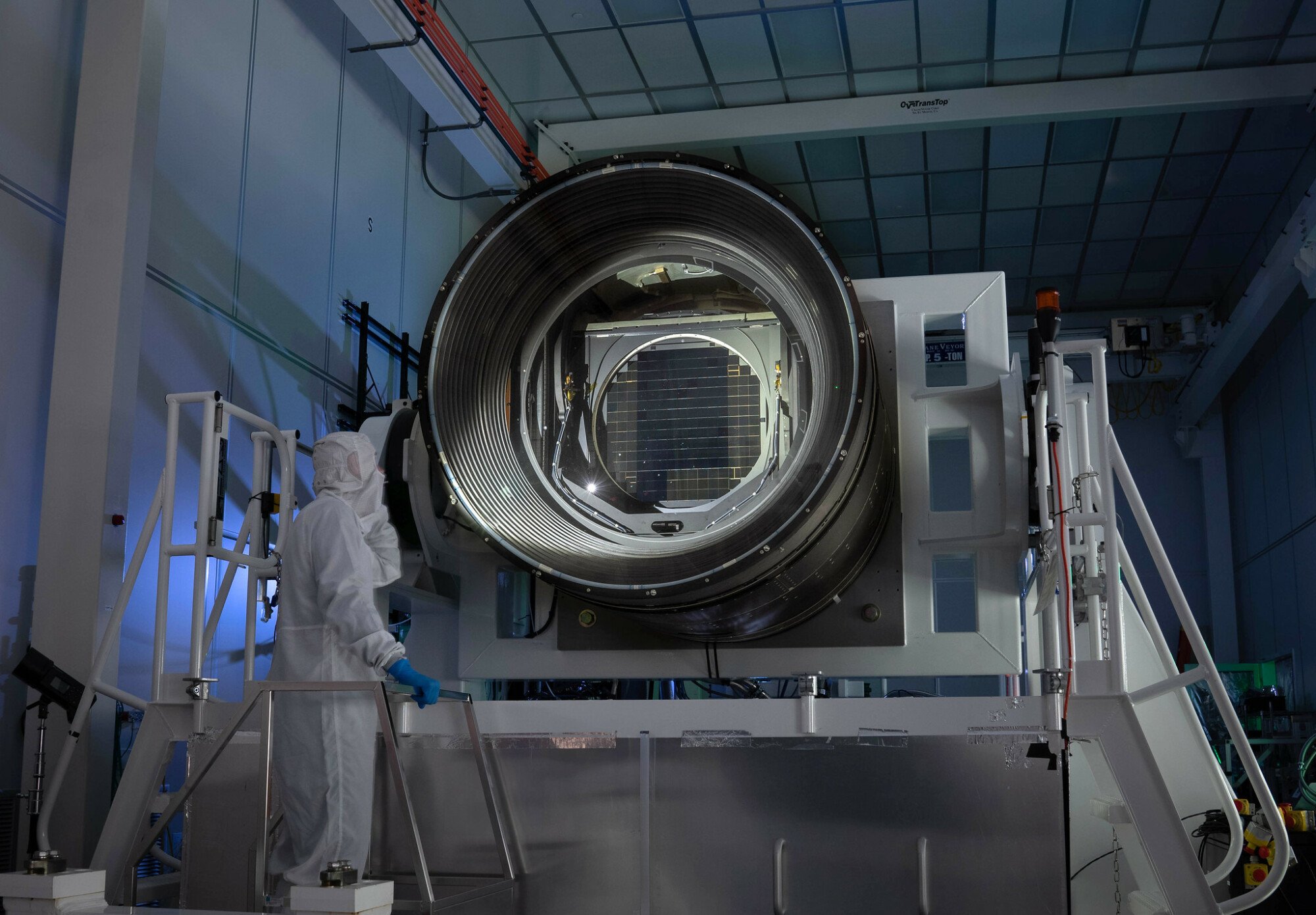
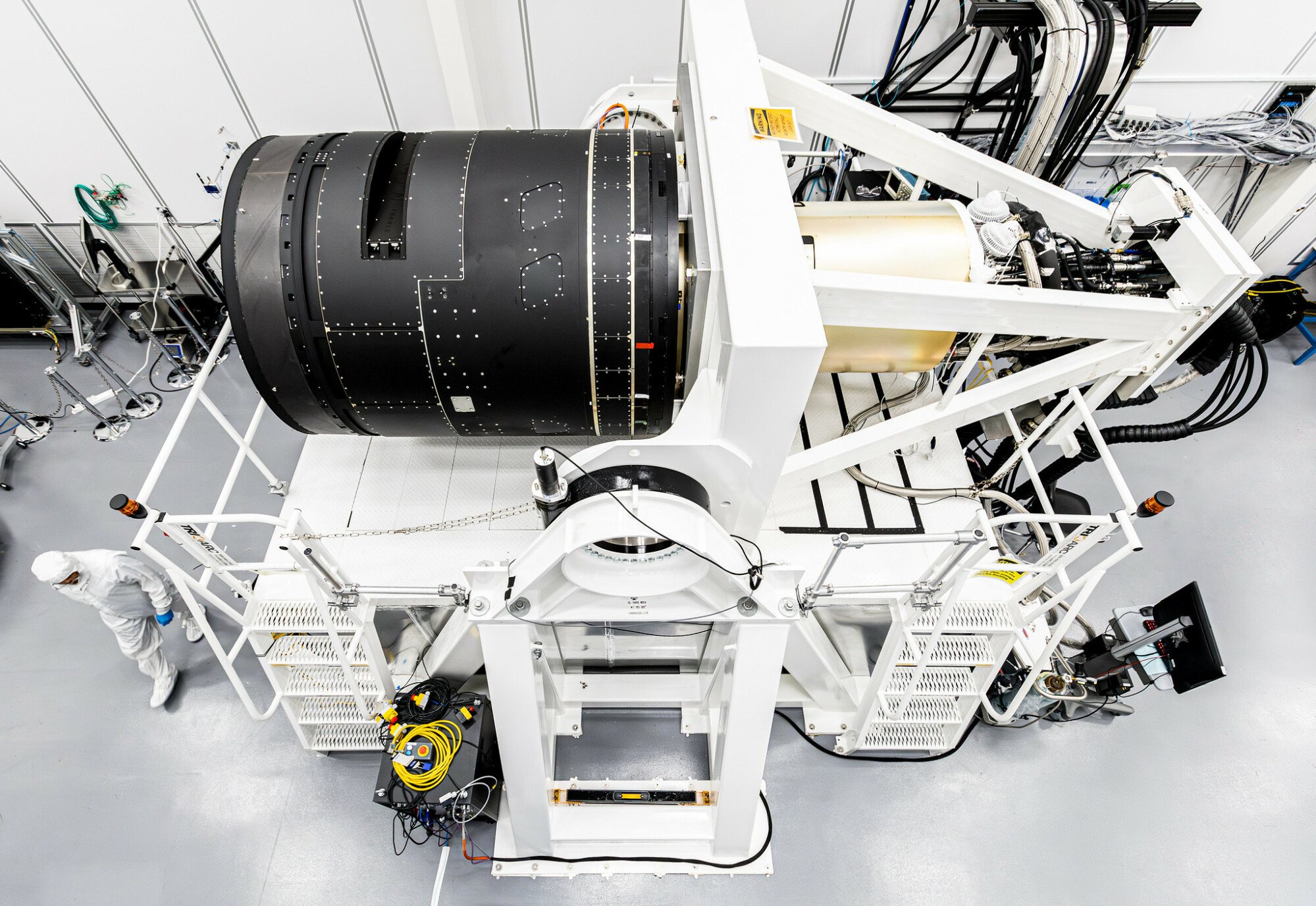
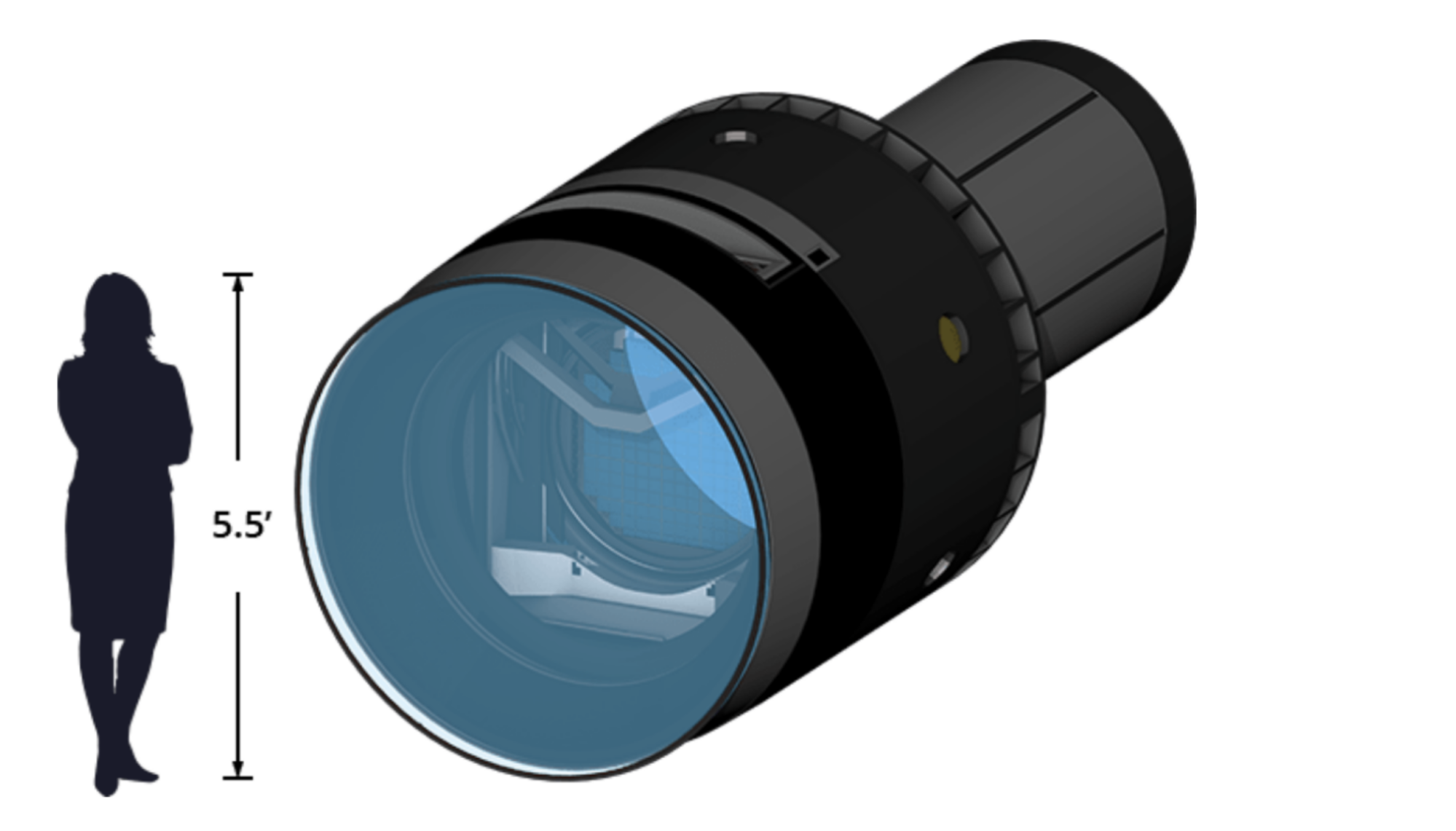
It’s a 21st century-camera on a truly 21st century-telescope.
“Its images are so detailed that it could resolve a golf ball from around 15 miles away”
“I think of us as building the ‘crawler and Google search for the sky,'” Mario Juric, a professor at the University of Washington who’s working on the Vera C. Rubin Observatory, told Mashable in 2023. “Now, rather than going to a large telescope (which sometimes can take months to propose, approve, and execute), a scientist will be able to go to a website, run a query, and get to the data in seconds. Huge improvement in efficiency and a democratization of access to best possible datasets.”
How the telescope will change our understanding of space
– Over the past couple centuries, astronomers and space agencies like NASA have found some 1.2 million asteroids in our solar system. After three to six months of observations, Rubin will double this number. In 10 years, a whopping 5 million asteroids will be known, Juric said.
– The number of icy worlds beyond the distant planet Neptune (“trans-neptunian objects” and dwarf planets) will increase around tenfold.
– There are two known interstellar comets today. Ruben will identify between 10 and 50 times more.
– “And — should ‘Planet X‘ exist— there’s a high chance Rubin would find it (we cover the entire area on the sky where it’s likely to be),” Juric explained. Planet X is a speculative world in our solar system that may exist well beyond the orbit of Pluto.
The Vera C. Rubin Observatory isn’t the only huge, futuristic telescope soon to start surveying the night sky. The Giant Magellan Telescope, researching the universe’s evolution and the nature of planets beyond our solar system (exoplanets), comes online in the late 2020s. The Extremely Large Telescope, with a mirror 128 feet wide, will become the largest optical telescope on Earth later this decade.
